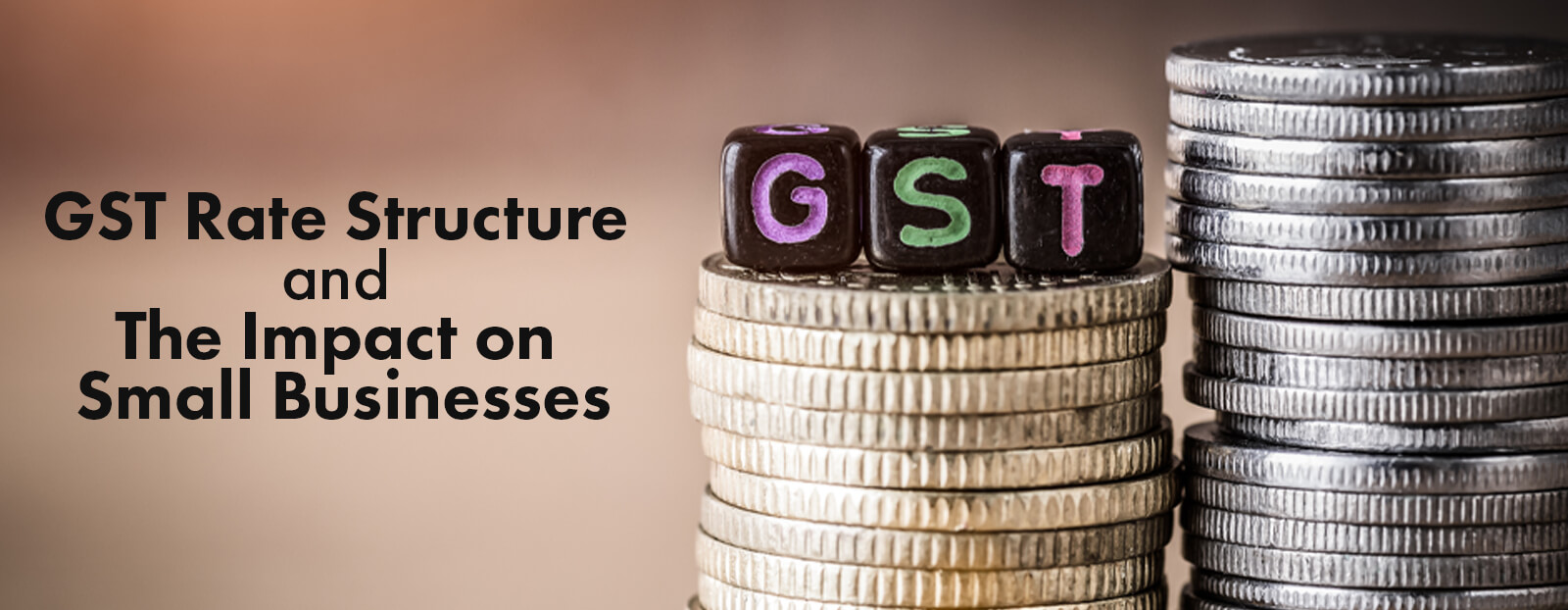
GST Rate Structure and The Impact on Small Businesses
Structure of GST in India
Goods and Services Tax (GST) is a tax imposed on services and goods that are sold for domestic use. For imports, in addition to the custom duty, the IGST is also levied. GST is a value-added tax or VAT that consumers of the services and products pay, however, the government receives it from the businesses selling these services and products.
Lok Sabha originally gave the go-ahead to the GST bill on 6th May, 2015, but the tax regime actually came into existence after 1st July, 2017. Before the rollout of GST, India had multiple layers of value-added taxes (VAT). After this new structure of GST in India, a unified indirect tax has been imposed correctly for both states and centre. That is why the GST motto was One Nation, One Tax.